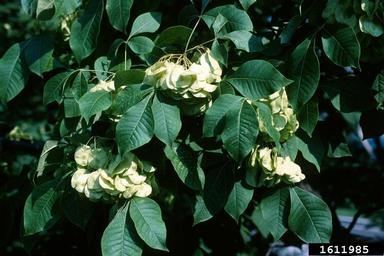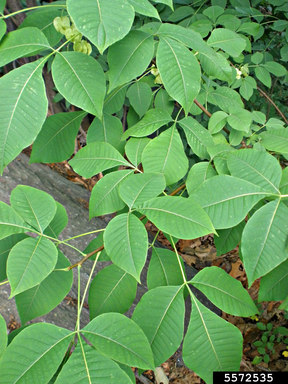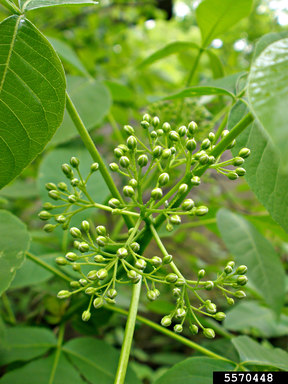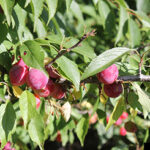Description
Hoptree, Ptelea trifoliata
GALLON POT
Light: Part to Full Shade
Moisture: Moist to medium
Soil: Clay, Loam or Sand. Well-drained
Height: 15–20 feet
Bloom Season: June
Bloom Color: Greenish-white
Benefits: Birds, Butterflies, Pollinators
Deer Resistant: Yes
Notes:
Hoptrees are small, understory trees (or shrubs) that grow up to 20 feet tall, with a rounded crown of about 15 feet. The leaves are dark glossy green, alternate, trifoliate, and turn a pretty greenish-yellow in fall. The trunks are slender and crooked. The branches are interwoven. The bark is smooth, gray to reddish-brown with short horizontal corky ridges.
Clusters of small greenish-white flowers appear on Hoptrees in the late spring. The flowers are ½ inch across with 4–5 narrow petals, giving off an aromatic scent. As the flowers fade, wafer-like fruits appear, containing two seeds apiece. These wafers ripen in fall and are held high on the tree until winter winds shake them loose.
Hoptree is great for attracting pollinators and wildlife! Bees and butterflies love the blossoms’ sweet nectar. The foliage is host to several species of caterpillar larvae—including that of the Giant Swallowtail, our largest butterfly. The tree also provides shelter for songbirds and small mammals, many of whom love to eat the wafers.
With its ornamental blossoms, wafers, and fall color, a Hoptree makes a great accent tree. But Hoptrees can also be pruned/shaped to become a rounded shrub to fill a corner or boundary edge. Slow growing, Hoptrees adapt to a variety of soils requiring minimal maintenance. As an understory species, they grow well in dappled sunlight, preferring moist but well-drained soil. In sunny/hot locations, a Hoptree may require watering during dry spells.
Photo gallery credits:
1 John Ruter, University of Georgia, Bugwood.org
2, 3, 4 Ansel Oommen, Bugwood.org





